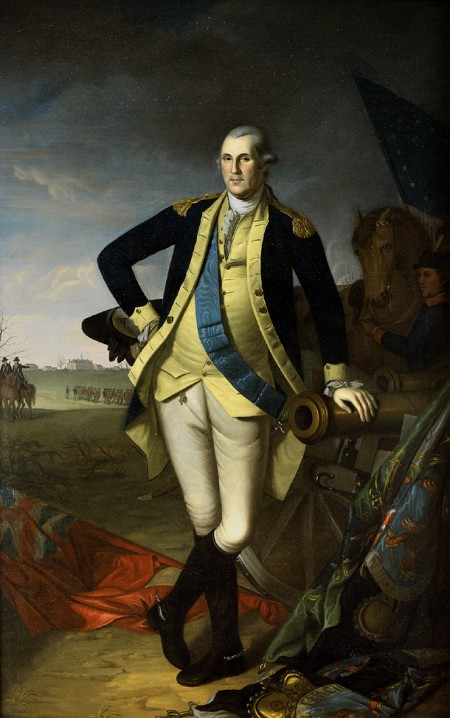Is it a 3+2?
Is it really a 6 speed?
How does that double stick shift work?
Let's start with terminology:
Sturmey Archer hubs traditionally have gears with names rather than numbers. However numbers are more familiar to people, so we'll use both:
Bottom - 1st Gear - the lowest of all gears
Low - 2d Gear
Normal - 3d Gear (the middle gear, direct drive)
High - 4th Gear
Top - 5th Gear (the highest gear)
The Sturmey Archer S5 hub is actually two three speeds in a single hub. It has a set of planetary gears like the AW, but it has two sun gears. The result is that you have two three speeds: a medium ratio three speed using one sun gear and a super wide three speed when the other sun gear is engaged.
Thus, you have a dual stick control. You basically have two banks of three gears.
 Bottom Gear - 1st Gear. Both sticks are pulled back toward you.
Bottom Gear - 1st Gear. Both sticks are pulled back toward you.Low - 2d Gear - the non-drive stick is forward, and the drive all the way back.
Normal - 3d Gear - the non-drive position does not matter and the drive in the middle.
High - 4th Gear - the non-drive still forward and the drive all the way forward too.

Top - 5th Gear - the non-drive now pulls back but the drive stays full forward.
So if I said you have two banks of three gears, where is that last gear? It turns out that when in direct drive mode the gearing is the same no matter which sun gear you are using. Thus, as shown above, normal/3d gear has it so that the non-drive stick can be either forward or backward, it doesn't matter. Thus, you have two banks of three gears, but two of those six are the exact same ratio (so you only have 5 gears because you have a duplicate).






































